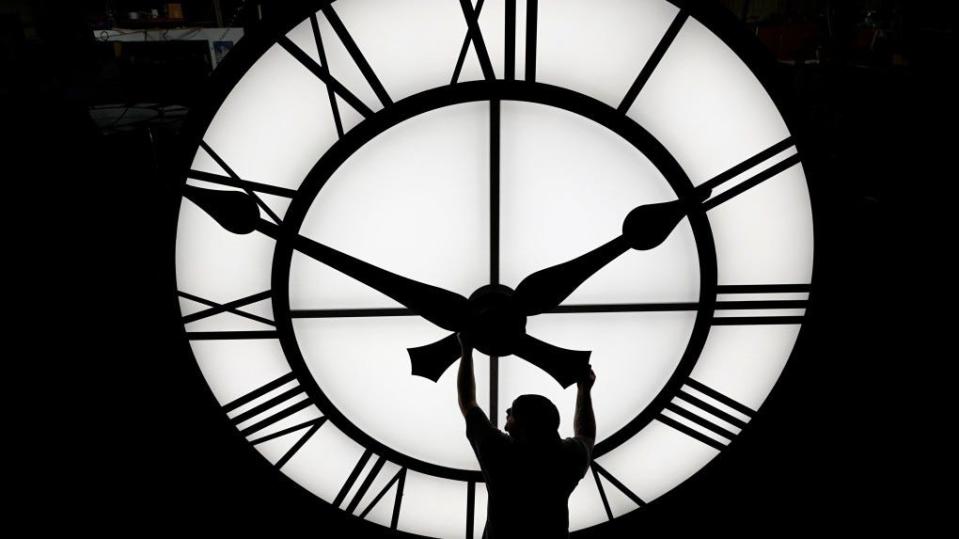Does anybody really know what time it is? | Sam Venable
It’s not surprising that Congress kicked the daylight saving time can down the road once more. Members of this august body of deep thinkers have far more important issues to ponder.
You know, sniping at each other across the aisle. Composing outrageous fiction about their qualifications for public office. Making self-righteous comments in front of TV cameras that they know are 100% B.S. but will look good on a six-second sound bite. That kind of history-making stuff.
Last year, however, there was a wisp of hope “something” would be done to settle the daylight saving time controversy once and for all. (Insert laugh here.)

DST is one of those damned-if-you-do, damned-if-you-don’t puzzles. No matter how, when or where the hands on a clock are turned, somebody’s going to be delighted, and somebody’s going to be irate.
Last March, the U.S. Senate unanimously passed a bill (a miracle in itself) that would make DST permanent all year. Not surprisingly, the move hit a snag in the U.S. House.
It hasn’t even come up for consideration, let alone passage. Given the volatile partisanship that has the United States in a stranglehold, don’t expect any action soon.
Even if both bodies were to agree on the change, and even if it gets signed into law ASAP by President Joe Biden, the earliest it would go into effect is next Nov. 5.
So, if you haven’t already “sprung” your clocks forward by the time these words are in print, there’s no sense going to church this morning — because just as you walk in, everybody else will be walking out.
I have long pushed for a half-hour compromise to this madness: give/take 30 minutes to/from each side and set it on concrete. As my brilliant solution never has found purchase, in Washington or elsewhere, consider it ka-put.
If DST were to become permanent, cities on the eastern edge of each time zone would be least affected. On the other hand, those on the western side would notice quite a change.
That includes K-town.
Eastern Daylight Time applies to the entire East Coast, plus three interior states: Ohio, Michigan and West Virginia. It does a slice and dice on three other states: Indiana, Kentucky and Tennessee.
The vast majority of Our Fair State is clearly in the Central time zone. Meaning it would be least affected by any sunrise-sunset change. Alas, Knoxville lies only 45 minutes east of the dividing line. Meaning we get smacked in the face with extreme sunrises and sunsets, no matter which rule is followed.
Didn’t they used to settle conundrums like this with dueling pistols?
Maybe it’s time to load up and start pacing.
Sam Venable’s column appears every Sunday. Contact him at sam.venable@outlook.com.
This article originally appeared on Knoxville News Sentinel: Does anybody really know what time it is when the clock changes?

